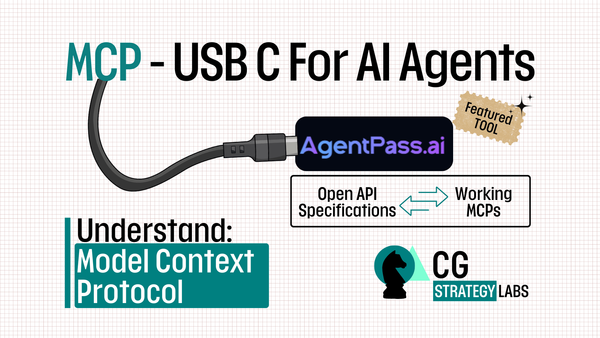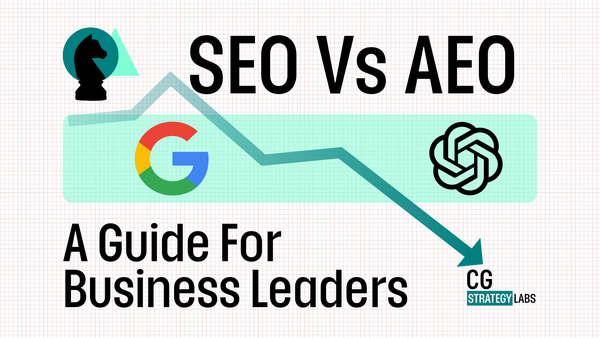Building an AI-Powered LinkedIn Content Analyzer
Stop posting LinkedIn content blindly. Learn to build an AI analyzer that scores posts across 6 viral elements using N8N and Groq. Complete framework and resources included.
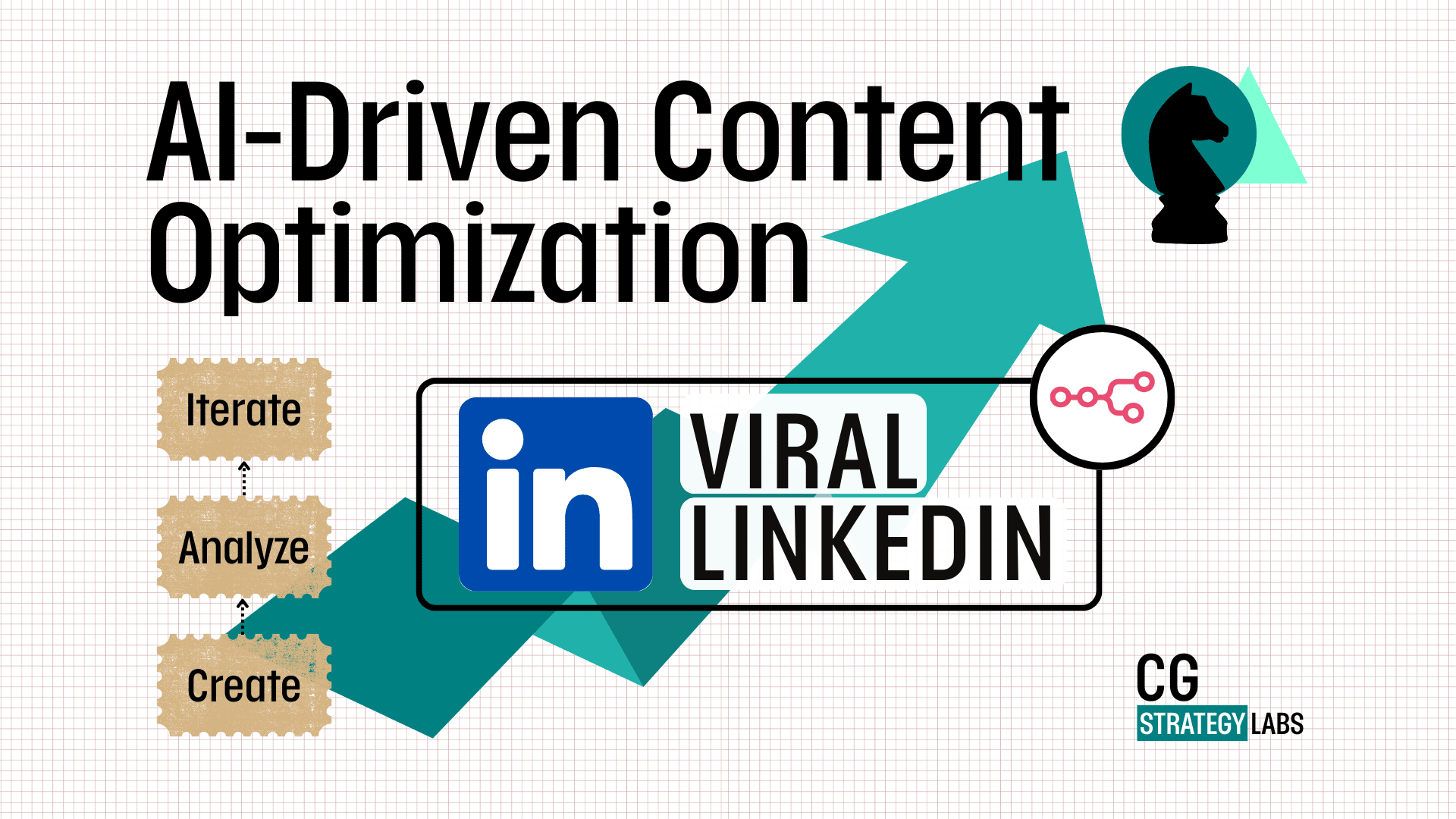
Most LinkedIn creators and brands are posting blind. They craft content based on gut feeling, copy formats they've seen work for others, and hope for engagement without understanding what actually drives performance.
The result? Inconsistent results and wasted effort.
Here's what's happening:
- Content teams spend hours crafting posts with unpredictable results
- Creators invest daily effort but struggle to replicate their best-performing content
- Most rely on subjective advice like "be authentic" or "provide value" - impossible to measure or improve systematically
- Even experienced marketers can't predict which posts will perform well
The solution isn't more creativity - it's systematic analysis.
Instead of posting and hoping, we can build AI systems that evaluate content against proven frameworks, identify specific optimization opportunities, and provide actionable recommendations.
When you can measure what makes content perform, you stop guessing and start optimizing.
[Note: All files (n8n Flow + Interactive HTML) downloadable for signed-in members at end of this page ]
Before you deep-dive, read our AI ebook to understand AI concepts practically.
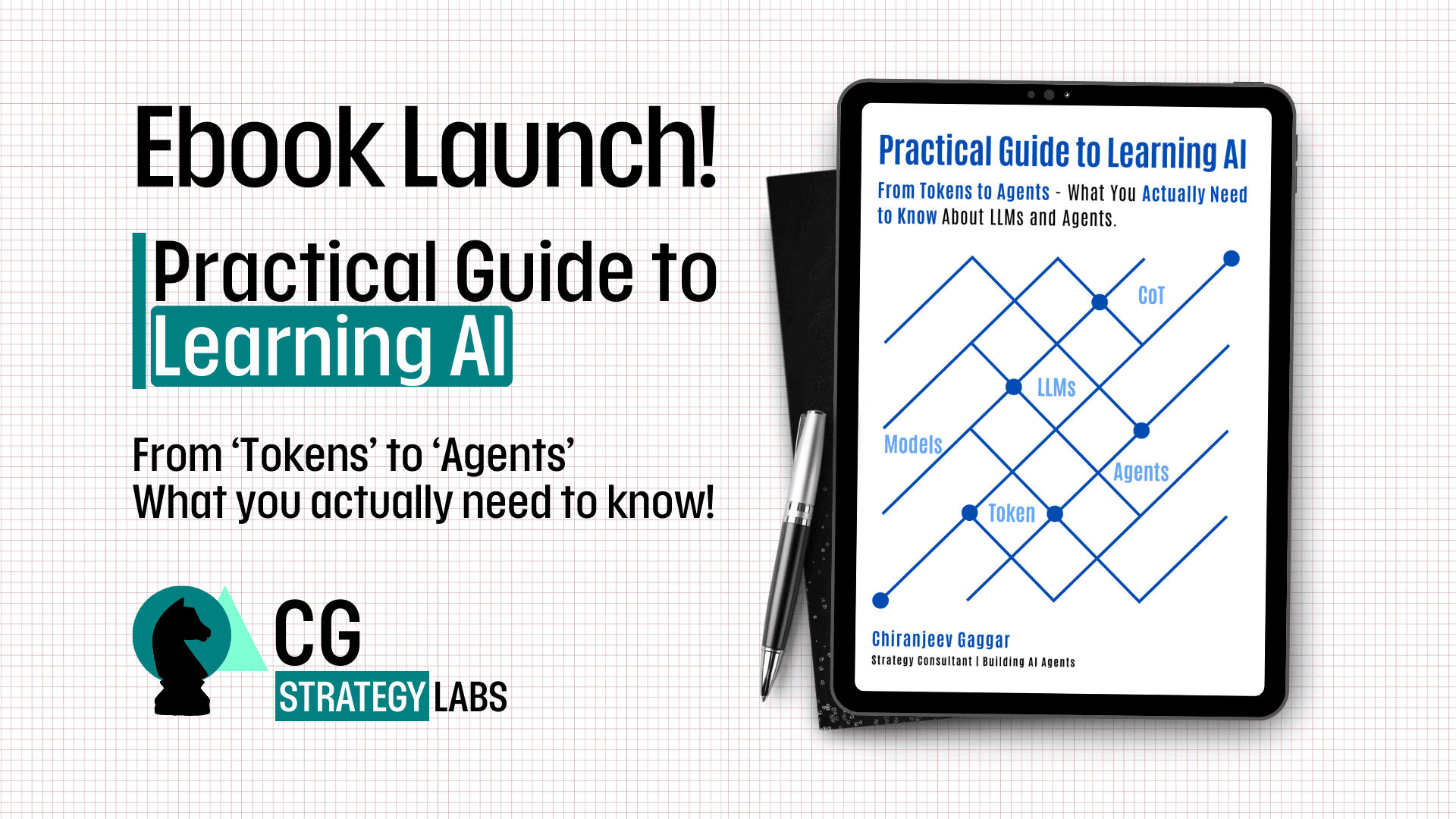
Practical Guide to Learning AI (ebook by Chiranjeev Gaggar)
The 6-Element LinkedIn Viral Content Framework
Traditional content advice is too vague: "be engaging," "add value," "build authority." These concepts matter, but they're not measurable.
What we need is a framework that translates these ideas into specific, AI-analyzable components.

Hook Strength (20 points)
The make-or-break moment - first few seconds when someone decides to keep reading or scroll past.
AI evaluates:
- Opening line attention-grabbing effectiveness
- Curiosity creation and immediate value indication
- Avoidance of generic openings
Value Proposition (25 points) - Highest weighted
LinkedIn audiences are time-conscious professionals. They engage with content providing clear, immediate benefit.
AI analyzes:
- How quickly content communicates its value
- Whether it solves specific problems
- Delivery on hook promises
Engagement Design (20 points)
Elements that transform passive readers into active participants. LinkedIn's algorithm favors content generating meaningful discussions.
AI detects:
- Question effectiveness and opinion invitations
- Clear engagement triggers encouraging responses
- Discussion-driving elements vs. passive consumption
Structure & Flow (15 points)
LinkedIn users scan quickly. Content needs visual hierarchy and easy digestibility.
AI examines:
- Paragraph breaks and bullet point usage
- Emoji integration for visual organization
- Mobile and desktop readability
Professional Authority (10 points)
Credibility signals without excessive self-promotion. LinkedIn audiences respond to demonstrated expertise but reject obvious authority claims.
AI identifies:
- Experience integration and data usage
- Specific examples and authentic voice
- Credibility without over-claiming
CTA Effectiveness (10 points)
Clarity and specificity of reader actions. Generic "thoughts?" questions underperform compared to specific engagement requests.
AI measures:
- Action clarity and single-focus design
- Natural content integration
- Quality response encouragement
This framework creates systematic content analysis that AI can apply consistently across different content types, industries, and audiences.

Technical Implementation: Building the AI Analysis Engine
Instead of manually scoring content against this framework, we can build an automated system that analyzes posts in real-time and provides instant feedback.
Here's the technical architecture that makes this work:
The 3-Node N8N Workflow
Node 1: Webhook Form
- Professional web interface with textarea for full LinkedIn post input and mobile-responsive design
- Instant submission processing that captures content and triggers the analysis workflow

Node 2: AI Agent with Groq
- Structured analysis engine using the 6-element framework with JSON output parsing for consistent data format
- Real-time scoring and recommendations powered by Groq's fast processing (under 10 seconds per analysis)

Node 3: HTML Response
- Same-page results display with professional category breakdowns and visual scoring
- Specific improvement recommendations for each element with actionable next steps


Complete N8N workflow file, HTML templates, and setup instructions available for download at the end of this post for signed-in users.
Why This Tech Stack Works
N8N + Groq delivers the perfect balance: Visual workflow builder with no complex coding required, plus lightning-fast AI inference that provides structured, actionable recommendations instead of generic feedback.
The result: Consistent scoring across all content types with measurable results creators can immediately implement - all processing under 30 seconds from submission to detailed analysis.
The Analysis Process
- Content Input: User pastes LinkedIn post into web form
- AI Processing: Groq analyzes content against 6-element framework
- Structured Scoring: AI returns JSON with numerical scores and specific recommendations
- Results Display: Same page shows detailed analysis with improvement suggestions


Total analysis time: Under 30 seconds from submission to results.

Framework Validation & Industry Insights
The beauty of building this analyzer is that it reveals patterns backed by extensive LinkedIn research from leading social media analytics companies.
What LinkedIn Data Tells Us About Our Framework
Recent studies analyzing over 1 million LinkedIn posts reveal compelling patterns that validate our 6-element approach.
Hook Strength: The Make-or-Break Moment
LinkedIn's algorithm shows posts to a small sample first, with strong engagement in the first hour determining broader distribution. Research confirms what our framework emphasizes:
- The opening line is everything - LinkedIn truncates long posts, so your first sentence needs to spark curiosity and make people click 'See more'
- The first 30 minutes after posting is critical - replying to comments quickly boosts visibility and signals quality engagement
- Text-only format success depends heavily on the hook above the "see more" button - strong hooks can boost retention rates by 30%
Value Proposition: Quality Over Clever
LinkedIn now emphasizes expertise more than ever - posts with original insights, industry trends, or actionable advice are more likely to reach larger audiences.
Key findings from 2024-2025 research:
- LinkedIn prioritizes value-driven content that sparks thoughtful conversations over promotional or self-serving posts
- Content that offers valuable insights and professional advice and fosters meaningful conversations performs best
- Posts that provide timeless professional insights gain visibility for weeks, not just days
Engagement Design: Conversations Over Vanity Metrics
LinkedIn's algorithm is getting better at detecting engagement bait and prioritizing meaningful conversations instead.
What works in 2025:
- The algorithm now weighs comment quality over volume - a few in-depth, meaningful comments can elevate visibility more than dozens of shallow ones
- Comments over 10 words lead to 2.5x more reach
- Asking a question at the end of posts increases engagement rates by 20-40%
Structure & Flow: Mobile-First Consumption
Multi-image posts are the most engaging type on LinkedIn, with an average engagement rate of 6.60%, followed by native documents and videos.
Performance data shows:
- Multi-image posts generate the highest amount of likes & comments, taking off significantly in 2024
- Text hooks, post formatting, and calls to action significantly impact performance
- Link posts show relatively poor performance as platforms want to keep users in-app
Professional Authority: Authentic Expertise
LinkedIn's algorithm pays attention to how relevant your profile is to other users and prioritizes topic authority.
Research insights:
- If you consistently post about a particular topic, LinkedIn is more likely to recognize your authority and boost your content
- LinkedIn favors posts from subject matter experts sharing original insights, case studies, and professional experiences
- Posts published on personal profiles receive up to 561% more interaction than company page posts
CTA Effectiveness: Specific Beats Generic
While LinkedIn may down-rank engagement bait, specific calls-to-action that deliver value still work when executed properly.
Best practices from 2024-2025 research:
- Text-only posts best suit external CTAs like "download this" with up to 25% higher click-through rates
- Clear CTAs increase likelihood of engagement - tailor CTAs to content goals
- Encourage interaction by asking questions or prompting users to comment, like, or share
The Data-Driven Validation
According to Algorithm Insights 2024 research, the first 60-120 minutes after posting are crucial, with posts getting early engagement seeing up to 15% reach increase.
Our framework aligns perfectly with industry findings:
- Multi-criteria approach works: LinkedIn engagement has increased by 30% year-over-year, with structured content formats leading performance
- Systematic optimization beats random posting: Consistency is more important than frequency
- Quality frameworks scale: LinkedIn specifically says it's "not designed for virality" but for sharing knowledge with people who can use it to advance their careers
This isn't just theory - it's validated by analyzing multiple research studies from 2024-2025.

Implementation Considerations for Brands & Creators
This LinkedIn analyzer is designed as an MVP foundation - a starting point for building more sophisticated content analysis systems tailored to specific needs.
For Individual Creators
Personal branding optimization:
- Customize scoring weights based on your audience engagement patterns (some audiences respond more to authority signals, others to engagement design)
- Use the analyzer as a pre-publishing checkpoint to build systematic content improvement habits
For Brand Content Teams
Enterprise customization needs:
- Adapt framework criteria to reflect brand voice guidelines and industry-specific engagement patterns
- Create content approval workflows with measurable quality standards instead of subjective feedback
Framework Adaptation Strategies
Industry-specific modifications:
- B2B SaaS companies might weight professional authority higher, while creative agencies might emphasize engagement design
- Geographic and cultural factors can influence optimal engagement design and CTA effectiveness

Building Your Own Content Analysis System
Creating a customized content analyzer requires strategic thinking about your specific goals and systematic implementation.
Getting Started
Define your objectives and analyze current performance:
- Identify your primary goals: lead generation, thought leadership, brand awareness, or engagement
- Review your top 10 performing LinkedIn posts to identify patterns and establish baseline data using existing LinkedIn analytics
Implementation & Optimization Process
Start with MVP foundation:
- Use the provided N8N workflow to test the basic 6-element framework on your content for 30 days
- Track correlation between analyzer scores and actual post performance to identify which elements predict success most accurately
Iterate and customize systematically:
- Add industry-specific scoring criteria and integrate with existing content management tools based on performance data
- Update framework weights as your audience evolves and LinkedIn algorithm priorities shift
Scale for team adoption:
- Develop content creation guidelines based on framework insights and create systematic optimization processes
- Focus on consistent improvement in content performance rather than perfect scoring
Remember: The goal is systematic analysis leading to measurable improvement, not perfection.
Ready to stop posting blind and start posting smart?
The complete LinkedIn Content Analyzer package is available exclusively for CG Strategy Lab members. Sign up ( below to access the full implementation guide and start optimizing your LinkedIn content with proven, data-driven frameworks.
Transform your LinkedIn strategy from guesswork to systematic optimization.
Download includes:
- Complete N8N workflow file (.json) with all three nodes configured
- HTML response template with professional styling and responsive design
Next Steps & Advanced Applications
Expand your capabilities:
- Explore our N8N Automation Directory for additional content workflow automation ideas
- Check out our AI Framework Comparison Guide for insights on selecting the right AI tools for your content strategy
CG Strategy Lab explores practical AI implementation insights that bridge strategy and execution. Share your comments here and connect with me on LinkedIn if you'd like to discuss this topic further.



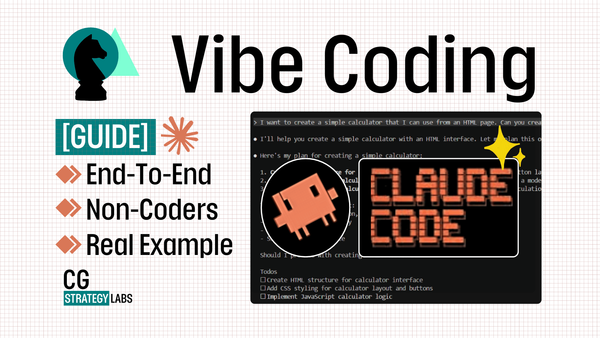
![Practical Guide to Learning AI: From Tokens to Agents [ebook]](/content/images/size/w600/2025/08/Blog-Featured-Images...--4-.png)
